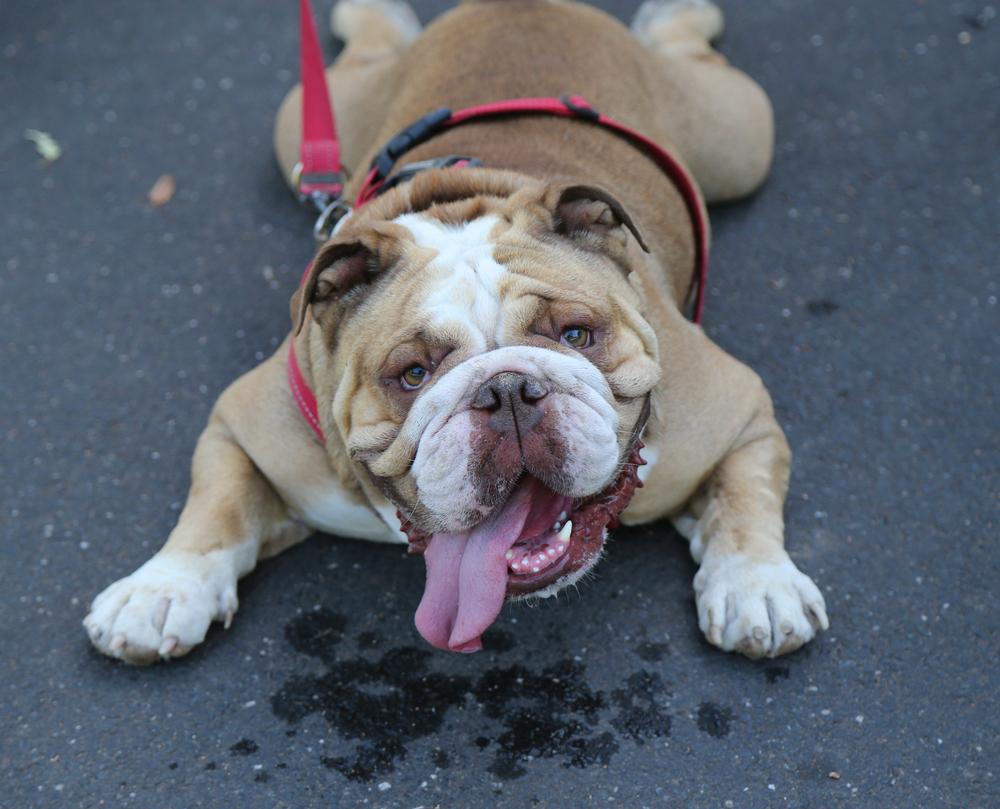
As the summer heat kicks into high gear, it's crucial to remember that our furry friends can face a serious risk from the elevated temperatures. Dogs, unlike humans, don't have an extensive system of sweat glands to cool off. Instead, they rely primarily on panting to regulate their body temperature, which can be insufficient in high heat conditions. Certain breeds, especially, are susceptible to overheating and could potentially experience heat stroke. In this article, we will look at the breeds that are most vulnerable to heat stroke and the signs to watch out for to keep your pet safe and healthy.
Dog Breeds Most Susceptible to Heat Stroke
Brachycephalic dogs, those with short noses and flat faces, are generally more prone to heat stroke than other breeds. Their compromised respiratory systems make it harder for them to cool off through panting. Breeds to be particularly mindful of in hot weather include English and French Bulldogs, Pugs, Boxers, Shih Tzus, Pekingese, Boston Terriers, Cavalier King Charles Spaniels, and Bullmastiffs.
Additionally, overweight dogs, dogs with thick or dark coats, older dogs, and puppies are also at higher risk of heat stroke, regardless of their breed. Therefore, during hot weather, it's crucial to monitor these dogs closely and take measures to keep them cool.
Signs of Heat Stroke in Dogs
Heatstroke in dogs is a serious condition and can lead to severe health problems, or even death if not addressed promptly. Here are some symptoms to look out for:
- Excessive Panting or Difficulty Breathing: Panting helps dogs cool down, but excessive panting can be a sign of distress.
- Increased Heart Rate: Rapid heartbeat is a common sign of heat stroke in dogs.
- Drooling, Salivation: Dogs may drool excessively when they're too hot.
- Weakness, Collapse: This can range from a tired-looking, unsteady gait to complete collapse.
- Bright or Dark Red Tongue and Gums: Dogs experiencing heatstroke may have a bright red tongue, and their gums may be either bright red or dark red.
- Dizziness, Disorientation: Dogs with heatstroke may seem uncoordinated or confused.
- Vomiting or Diarrhea: In severe cases, the vomit or diarrhea might also contain blood.
- Seizures
- Body Temperature above 103°F (39.4°C): Normal body temperature for dogs usually lies between 101°F and 102.5°F (38.3°C and 39.2°C).
If you notice any of these symptoms, it's important to act quickly. Remove the dog from the hot environment immediately and try to cool your dog down by offering water, applying cool (not cold) water to their body, and getting them into an air-conditioned space if possible. Contact a veterinarian as soon as possible, as heat stroke can lead to serious complications, including organ failure and death.
Conclusion
Summer is a time for outdoor fun and activities, but we must always keep our pets' safety in mind. Certain breeds are particularly vulnerable to the heat, and all dogs can potentially suffer from heat stroke under the right conditions. Recognizing the signs of heat stroke can make all the difference. So, always ensure your dog has access to shade and fresh water, avoid walks during the hottest part of the day, and never leave your dog in a parked car. By taking these precautions, you can help ensure a safe and enjoyable summer for your four-legged friend.
